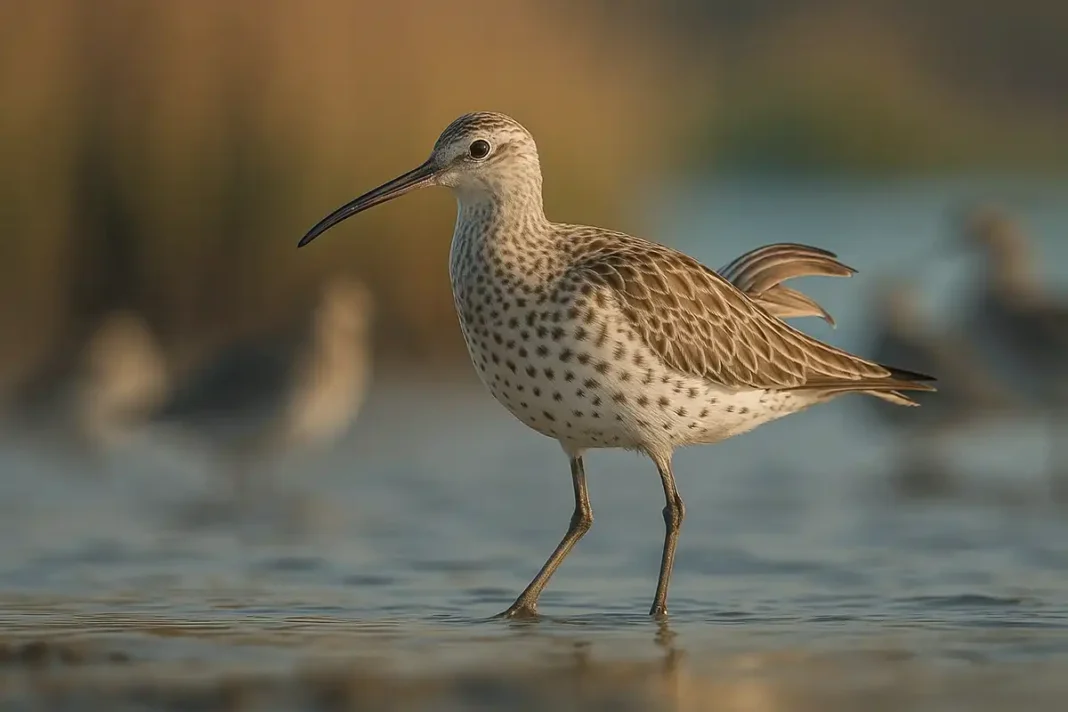News in brief — 11 October 2025
- IUCN has officially listed the Slender-billed Curlew (Numenius tenuirostris) as Extinct (EX) in its Red List update released at the IUCN World Conservation Congress, Abu Dhabi. IUCN World Conservation Congress
- Last confirmed record: Merja Zerga lagoon, Morocco, 25 February 1995. unep-aewa.org
- IUCN’s Congress press release notes six species moved into the Extinct category in this update, including the Slender-billed Curlew. IUCN World Conservation Congress
- AEWA (UNEP) called it the first known global extinction of a formerly widespread migratory bird spanning mainland Europe, North Africa and West Asia. unep-aewa.org
Epitaph for the Slender-billed Curlew
Traveler of the margins,
you stitched two hemispheres with a single wingbeat,
reading coastlines like scripture—
salt on the tongue, reed in the wind.
Once we mistook your slender question mark
for a small curve of sky,
a note too pure for our iron weather.
We turned the marshes into mirrors of absence
and called it progress.
Now the tide keeps your place.
On winter mud, your shadow is a negative—
a lesson left by water,
a vow written in flight we failed to keep.
Contextual background
The Slender-billed Curlew was the smallest of the curlews: a long-distance migrant that bred on Eurasian steppe/bog landscapes (historically documented near Omsk, western Siberia; later isotopes point to the Kazakh steppe) and wintered around Mediterranean and North African wetlands. Its last unequivocal sighting was at Merja Zerga, Morocco, on 25 February 1995—photographed during the species’ final wintering seasons there.
Multiple factors likely converged in its decline: wetland loss and degradation along flyways, and hunting pressure in parts of the Mediterranean and North Africa; the precise balance of causes may never be fully known. For decades, specialist groups and volunteers searched breeding tundras, steppe bogs, and key stopovers, but credible records dwindled to none. In November 2024, researchers formally concluded extinction based on probabilistic analyses, paving the way for IUCN’s Red List change in October 2025.
The loss is historically significant: a formerly widespread migratory bird—spanning mainland Europe, North Africa and West Asia—now gone, underscoring how even wide-ranging species can unravel when flyways fray. Safeguarding the curlew’s living cousins (e.g., Eurasian Curlew) and other shorebirds now hinges on protecting and restoring wetlands along entire routes, enforcing hunting regulations, and funding long-term monitoring—because migratory birds survive only when every link in the chain holds.
Sources:
